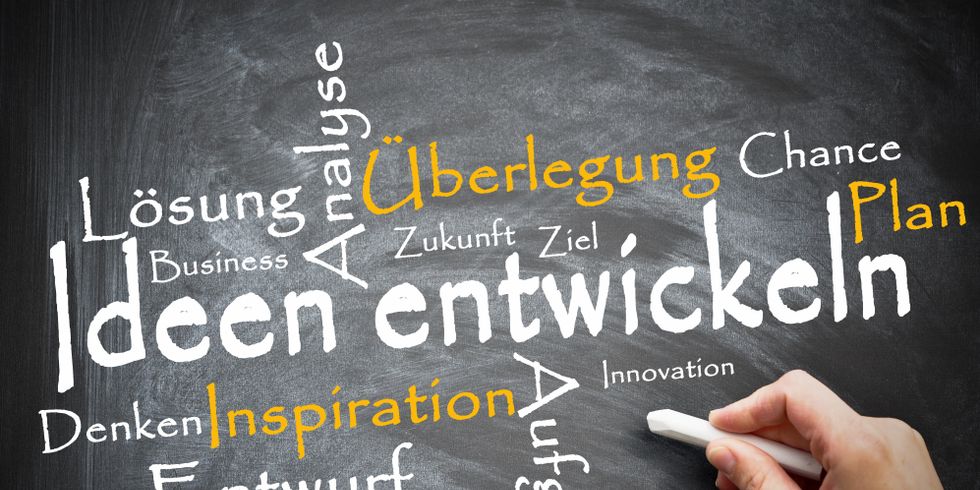Berlin has around 3,000 design studios working in the sectors of product, industrial, furniture, interior, fashion, graphic and communication design. Many Berlin designers take strongly cross-disciplinary approaches, and market and distribute their products themselves. Since the design sector is primarily comprised of small segments, networking and a joint representation of interests are especially important, as is apparent in the Berlin design networks — in particular the International Design Center Berlin (IDZ) and Create Berlin.
Designers from around the world value the wide range of opportunities to play a part in design in Berlin. There is no »next generation« shortage of workers in this sector, with over 3,000 students on around 70 media, communication and design programmes at private and public training institutions iin the city. In addition, managers and executives can further develop their management skills at the Berlin School of Creative Leadership.
Every market sector needs flagship events to promote its internatio-nal profile and visibility. In Berlin’s design sector, these include the BERLiN FASHION WEEK, DMY INTERNATioNAL DESiGN FESTiVAL or TyPo BERLiN, which offer platforms for local, national and international businesses for presentations and networking. In the fashion industry, the BERLiN FASHioN WEEK provides a communicative framework for around 15 trade fair and fashion shows at present. The BERLiN FASHioN WEEK attracts hundreds of thousands of fashion professionals to Berlin. Aside from the event’s value for the fashion industry itself, through the BERLiN FASHioN WEEK up to 240 million euros flow into the Berlin economy every year benefiting, for example, the hotel business, restaurants, the taxi trade, agencies and event organisers. The DMY INTERNATioNAL DESiGN FESTiVAL Berlin, founded over ten years ago, has become a »must-do« event for product designers, attracting over 40,000 visitors annually. Since 2012, DMY BERLiN has also been assigned to host the official GERMAN DESiGN AWARD, with the companies nominated presenting their products and prototypes as part of the DMY FESTiVAL. In 2014, Berlin hosted the third edition of NiGHT SHiFT — LoNG NiGHT oF DESiGN STUDioS, with over 50 Berlin design studios, showrooms and shops opening their doors to several thousand visitors.
Much has changed since UNESCO awarded Berlin the prestigious title of »CiTy oF DESiGN« in 2006. The title is more than just a recognition of the achievements of Berlin’s design industry — it is also an incentive for the city to continually improve the conditions for design businesses. Three years ago, working together with companies and networks in this sector, the Senate Department for Economics, Technology and Research drafted a DESiGN STRATEGy FoR BERLiN. The aim of this strategy was — and is — to strengthen the design industry’s economic power and innovative potential, and position Berlin as a location for professional product and industrial design. In the wake of developing this strategy, the Senate Department has supported a wealth of new formats including, for example, the HyBRiD PLATTFoRM, a transdisciplinary platform bringing design – ers together with engineers and scientists, the ID BERLiN INDUST¬RiAL DESiGN CAMPAiGN, shown at numerous locations around the world, and the DESiGN TRANSFER BoNUS PRoGRAMME providing prefunding of up to 15,000 euros for projects applying design ser¬vices to develop innovative strategies. In addition, financing has been provided to support PRESENTATioNS ABRoAD SHoWCASiNG THE FASHioN AND PRoDUCT DESiGN iNDUSTRy (FASHioN: BERLiN SHoWRooM / PRoDUCT DESiGN: BERLiN DESiGN SELECTioN), with at least five presentations for these two sectors every year.
In addition, start-ups and cross-industry collaborations have been supported over the years with a constant programme of competitions with money prizes, coaching and workshops including, for instance, START YoUR FASHioN BUSiNESS and the DESiGN&HEALTHCARE CoMPETiTioN, as well as DESiGN CoMPETiTioNS iN CooPERATioN WiTH THE UNESCO CREATiVE CiTiES NETWoRK. An interdisciplinary and collaborative approach is characteristic of Berlin. This ability to think outside the box harbours a significant potential for innovation which now needs to be leveraged more intensely both in cooperation with traditional industries and for Berlin as a location.

